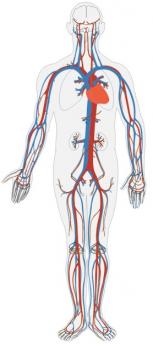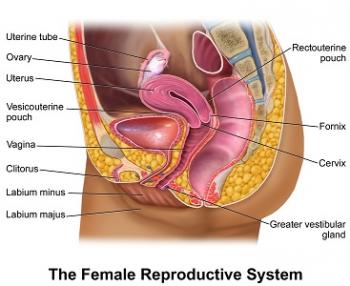The human body is comprised of trillions of cells that display emergent properties to produce a living organism that can produce coordinated movements, participate in intra- and inter- cell electrochemical communication, extract nutrients from food, transport nutrients to corporal regions, fight pathogenic infections and reproduce offspring. Cells conduct all these functions by specializing in a function, and signaling each other to work in conjunction for a desired response. The human anatomy is the morphology of the body including the head, neck, trunk, arms and legs whilst the physiology focuses on organs their associated organ systems.
Groups of cells that conduct a similar function and structure are called tissues, groups of different tissues form an organ; groups of organs make up an organ system, and finally organ systems that interact with each other form a living organism. Each system conducts homeostasis which is the maintenance of the internal environment by negative or a positive feedback. Negative feedback is the lessening of a specific activity to decrease the associated results, whilst positive feedback is the enhancement of a specific activity to increase the associated results in the internal body.
There are in total 12 systems, examples are the nervous, digestive, reproductive, musculoskeletal and immune system. Each system has a specific function in controlling organs, like the digestive system controls the alimentary canal which converts food into nutrients that cells can utilize. Systems interact with each other like the nervous system and musculoskeletal system, where the nervous system detects the stimuli and relays messages to the brain which then a response is produced by musculoskeletal system. Examples and functions can be seen in the diagram:

Image Credit: Wikimedia Commons.
© BrainMass Inc. brainmass.com June 30, 2024, 9:23 am ad1c9bdddf





